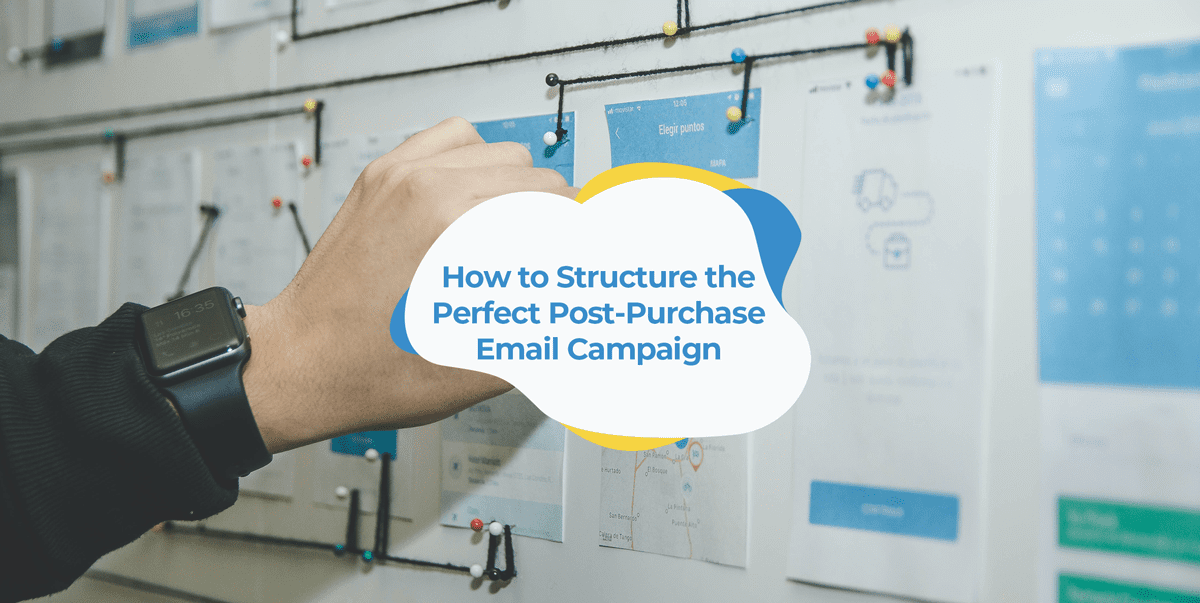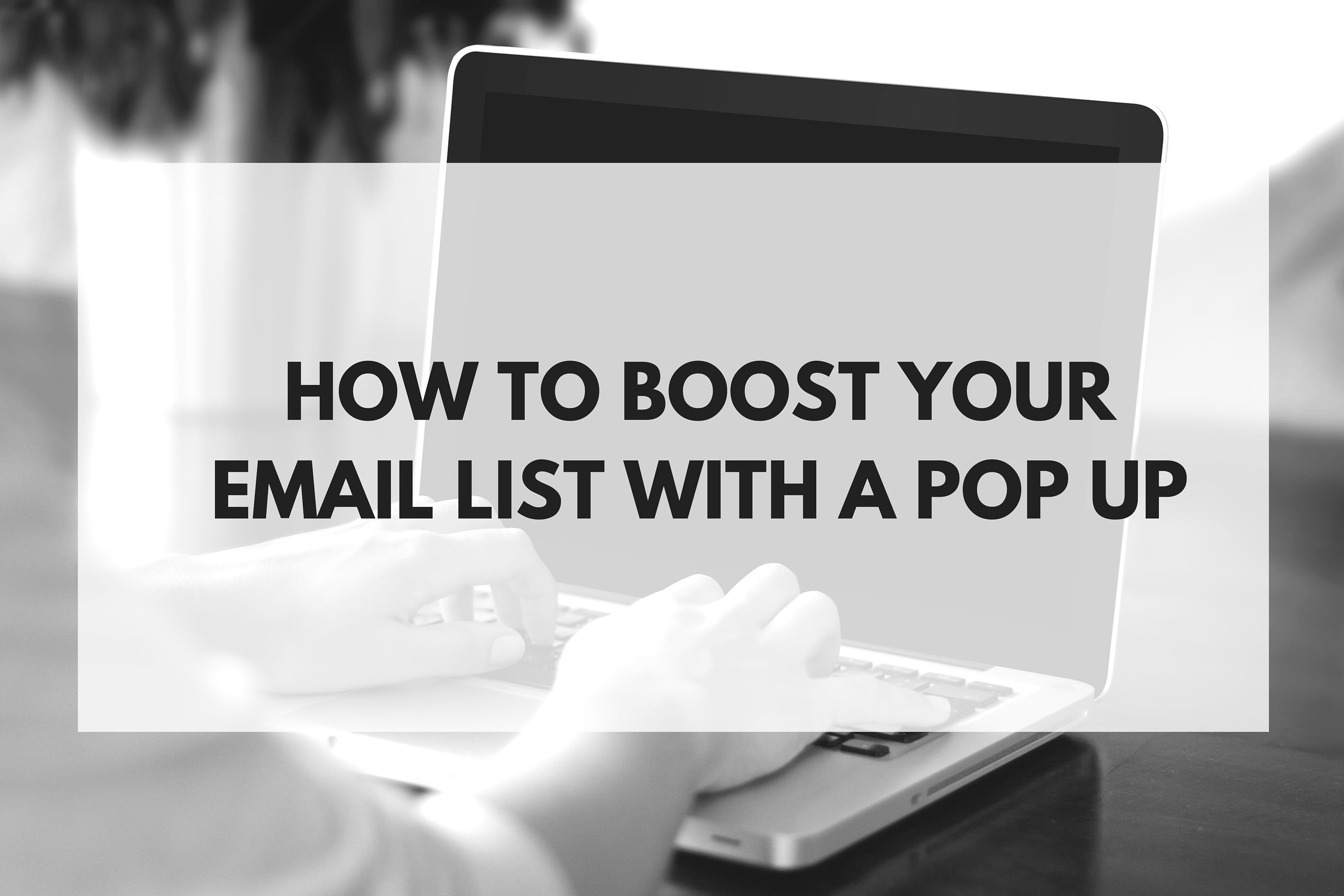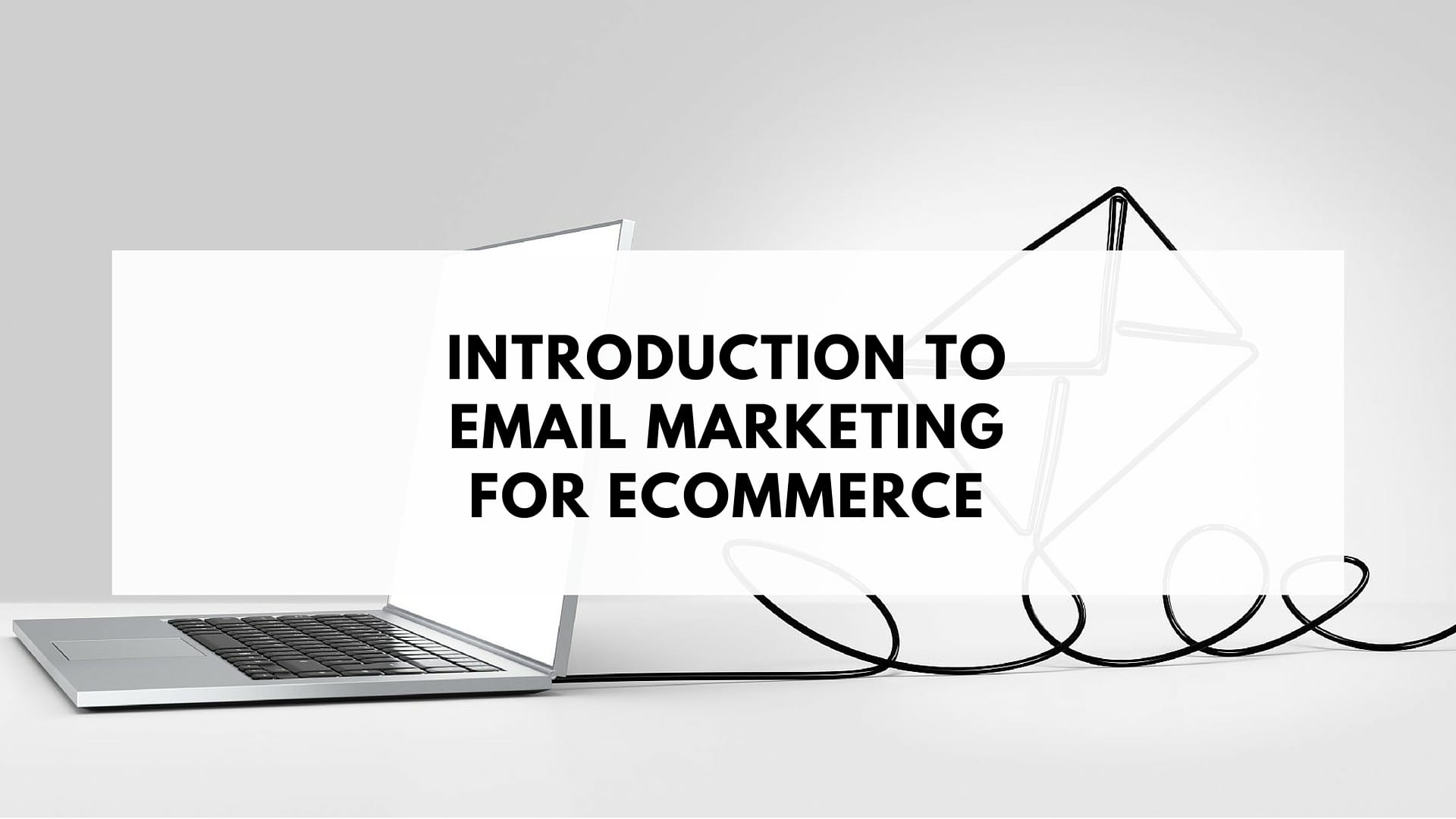Regardless of what you sell, as a merchant your ultimate goal is to make sales.
Sourcing and producing products, setting up your store, advertising your business, painstakingly putting together social media ads, funneling customers through checkout all takes an incredible amount of time and effort.
That’s why when you successfully convert a customer and their money is in your pocket it can feel like your job is finally done.
But that couldn’t be further from the truth.
The best performing business owners know that a purchase isn’t the end of the customer journey, it’s just the beginning.
And the next step is arguably the most important part of the journey: converting one-time customers into loyal, repeat customers. Which is where your post-purchase email campaign comes in.
What is a post-purchase email campaign?
Just as the name suggests, post-purchase emails are sent to a customer after they’ve made a purchase.
Your post-purchase email campaign then is just an email campaign consisting of multiple emails that’s triggered automatically when a customer makes a purchase.
You might come across other terms like post-purchase series or email flow, customer onboarding series, and the like, but they simply refer to the series of emails a customer receives after making a purchase.
Why are post-purchase campaigns important?
By engaging with your customers after they make a purchase, your email campaign has the potential to:
- Improve your customer’s experience
- Get valuable feedback from customers on your products and store
- Gain positive reviews that you can use as social proof to increase your conversion rate
- Increase your social following and effectiveness of social media
- Generate additional purchases
While this article will take you through how to achieve all of these benefits with your post-purchase campaign, the last point is worth emphasizing.
Repeat customers are more profitable
One of the biggest factors holding potential customers from making their first purchase with your business is that they don’t know what your product and service quality is like.
This can be especially true if you’re just starting out and haven’t had a chance to collect many reviews or build up an audience yet.
Once your customers have received their purchase however, this concern evaporates.
This is a large part of why it’s 5-times more expensive to attract a new customer than make another sale to a previous customer. Which goes to show how important customer retention is.
The fact it’s much easier to sell to existing customers than potential new customers also means that improving your customer retention rate can have a multiplier effect on your profits.
So much so that a Harvard Business School study showed that even a modest 5% increase in customer retention can increase profits by up to 95%.
And the most effective way to improve your customer retention is with a post-purchase email campaign.
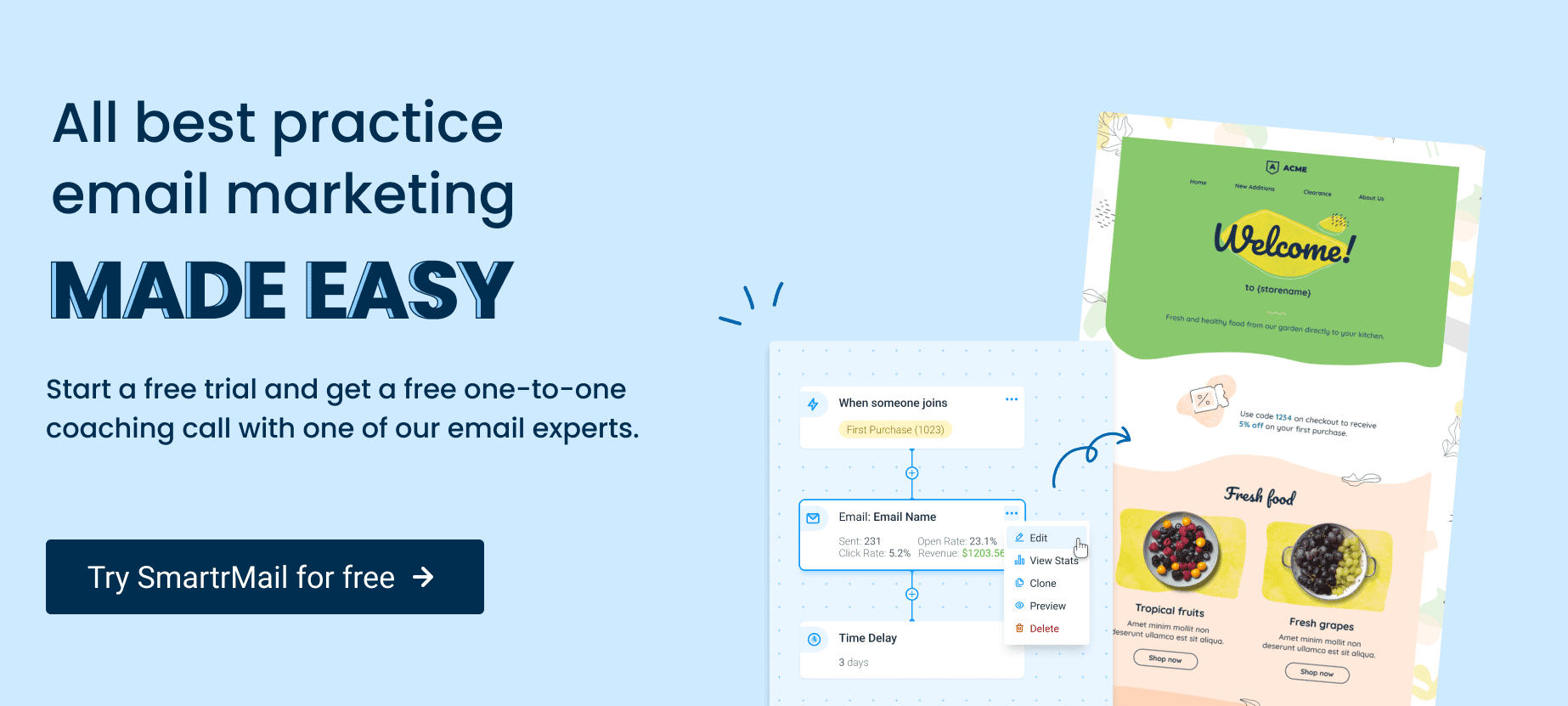
Post-purchase emails to include in your campaign
It’s one thing to know that post-purchase emails are important and that they can improve your customer retention, but you still need to know how to structure your campaign.
Like most decent email campaigns, your post-purchase should consist of a series of multiple emails. So what emails should your post-purchase campaign consist of?
Order confirmation email
The very first email a customer should receive as soon as they place an order is an order confirmation email.
Order confirmation emails are a type of transactional email that’s sent immediately after an order has gone through successfully.
Not only do they serve a record of the transaction, but as a buyer they also provide confirmation that nothing went wrong with the order and gives them a chance to check all the details are correct.
These emails are usually enabled by default on your ecommerce platform (like Shopify). If not, it should just be a case of turning them on.
In terms of the content of these emails, the main things you want to make sure are included are:
- An order number
- The time of purchase
- Descriptions of what was purchased (ideally with product images)
- Billing summary including an itemized breakdown, total amount paid and tax
- Shipping details including
- When the order is expected to arrive
- The address it will be delivered to
- Ideally also a means to track the order
The order confirmation email below from Chewy is a great example of this in action.
For more tips and strategies, check out our guide on order confirmation emails here.
Thank you for your purchase email
After your customers have received their order, it’s worth taking the time to thank them for doing business with you.
This small gesture goes a long way in making your customers feel appreciated which strengthens the relationship between your customers and your store.
While it’s easy to thank customers in-person in a bricks and mortar store, when it comes to selling online there are thank you emails.
As these emails are dedicated to thanking customers, they’re also one of the simplest emails to set up. They can be as simple as the example below from Hudson’s Bay.
This type of simple thank you email works well for someone’s first purchase.
For repeat purchasers you’ll want to think about crafting a more meaning thank you message, like in the example below from Abercrombie & Fitch.
To learn more about this type of email, check out our guide on thank you for your purchase emails here.
Get Started on your Post Purchase Emails with SmartrMail today
? Install SmartrMail and Automate your Post Purchase Emails ?
Follow us on social media email
Another email to send relatively soon after someone has made a purchase is a social invite email where you invite them to follow your business on social media.
These social media invite emails will help grow your number of followers and when combined with an effective social media marketing strategy, will help keep customers engaged even if they hardly ever check their emails.
In terms of the content of this particular email automation, you can just opt to simply mention your social media accounts and invite customers to follow them like in this example from Bed Bath & Beyond.
Or, if you want to take your social media marketing up a notch, you can invite customers to share user-generated content (UGC) like Tom’s does in the example below.
You don’t want to keep asking people to follow you on social media everytime they make a purchase. Especially when it’s hard to track whether they have already followed you or not, and if so, on which social media platforms.
That’s why it’s best to only send this email a few days after someone has made their first purchase and not keep sending it to repeat purchasers.
For more tips and examples on these emails, check out our guide on follow us on social media invite emails here.
Product education emails
If the product your customer has purchased requires any instructions to use or set up it can be a good idea to send the instructions in an post-purchase email as well.
You’ll obviously still want to include physical instructions with the product, but sending an electronic copy by email is a great way of both improving your customer service and keeping customers engaged.
While the simplest way to do this by simply sending through a PDF copy of the instructions, incorporating the steps into the body of the email itself with diagrams will yield better results.
The email below from Allergy Buyers Club which outlines the steps to set up an air purifier is an excellent example of a product education email.
Because these emails are product-specific their content isn’t going to change depending on if they’re going to a new customer or a return customer. They should also be sent each time a customer purchases the relevant product.
Review request emails
Positive customer reviews are an essential way of demonstrating to potential customers that your store is trustworthy and that they can buy from you with confidence.
However, when customers tend to only leave reviews to vent their frustrations over a bad experience, it can be hard to collect positive reviews.
That’s why you should actively reach out and request reviews from your customers.
Before doing so though, you’ll first want to be confident that they’ll give you a good review.
Because knowing this is next to impossible for first-time customers, you’ll want to avoid asking them to review you on any public platform like Google My Business or Facebook.
Instead for brand new customers it can be worthwhile asking them to send you feedback like Biscuiteers does in their email below.
This gives them control and prevents any negative reviews from becoming publicly available.
Once a customer has made a second however, there is a decent chance that they’ll leave you a positive review. After all, they wouldn’t have returned if they didn’t like your business and what you sell.
This is when you can encourage customers to leave you a public review.
For more tips on how to ask for a review, check out our guide on customer review request emails here.
Sign-up to our newsletter and receive a free eBook with hidden Email Marketing Tips
Cross-sell email
Cross-selling is when you recommend similar or complementary products to the one your customer has already purchased.
The classic example is how fast food restaurants will ask customers whether they want fries and a drink with their burger.
Even though you probably aren’t selling fast food, there’s a good chance you can make just as enticing cross-sell recommendations.
For example, if a customer buys a particular style of pants, you could recommend various shoes that go well with it.
Another example is how Best Buy cross-sells SD cards, camera bags, batteries, tripods, etc. with a purchase of a digital camera.
It’s all about thinking about which products go well together and when it makes sense to recommend them (for instance, you won’t want to recommend a camera just because someone purchased an SD card).
To help with this process, you can also utilize recommended product blocks in SmartrMail which means you only have to set up the one cross-sell email. This email will then contain the product each customer is most likely to purchase.
For more on cross-selling with email marketing, check out our guide on cross-sell emails here.
Replenishment email
Some products people purchase need to be constantly replaced (think razors, pet food, shampoo, toilet paper, etc.).
These products present a golden opportunity to improve your customer retention through repeat purchases. Especially when you send an email reminder prompting them to reorder the product like in the example below from Rockin’ Wellness.
Unlike the other emails on this list, this isn’t an email you want to send just after someone has purchased. Instead you’ll want to automate it to send around the time your customer is about to run out of the product.
Getting the timing right will take a bit of trial and error, but once you get the timing right these emails will be bringing in easy sales.
Just because you only sell items that people don’t typically purchase regularly doesn’t mean you can’t get in on the action either.
With a bit of creative thinking, you’ll be able to come up with a replenishment strategy for many different products people don’t buy regularly.
For example, if you’re a bookseller, you could automate an email asking if your customers are looking for a new book to read and then recommend some from the same category they purchased from.
Again, because these emails are product-specific they’re not going to vary that much between first-time and return customers.
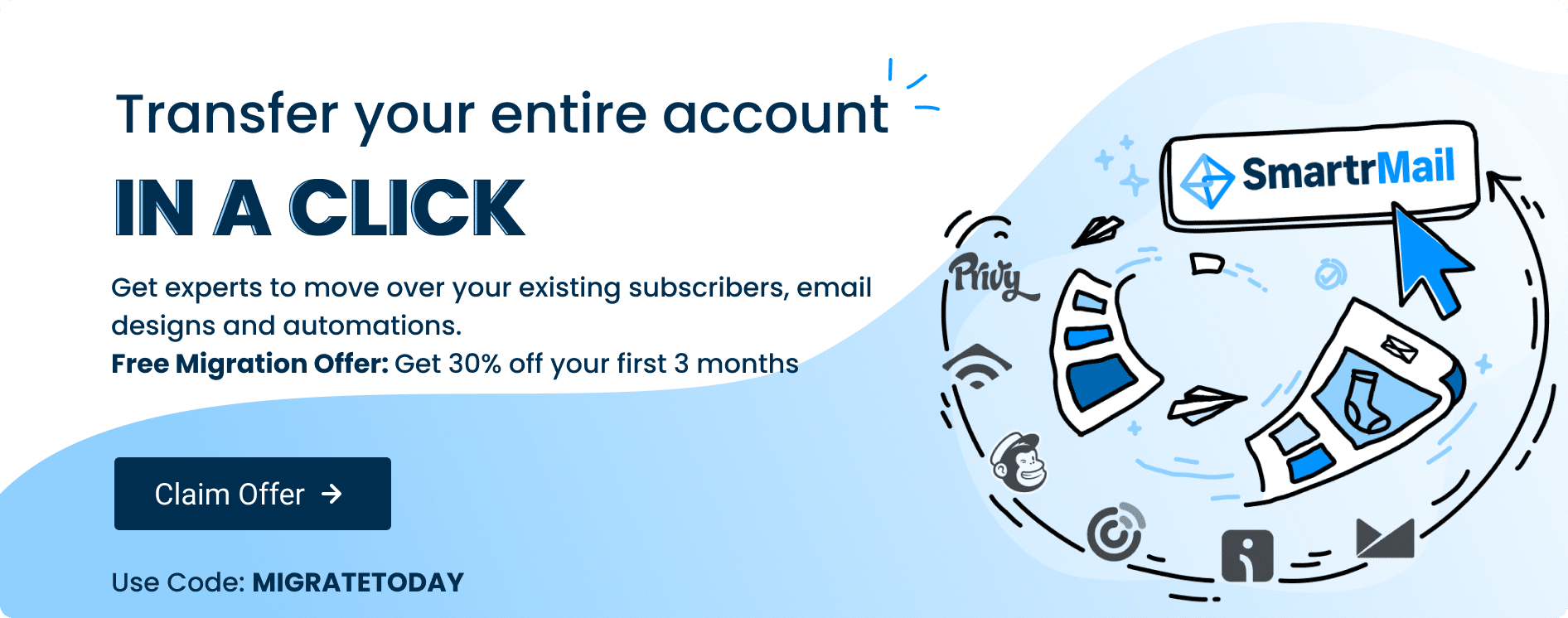
Organizing your post-purchase campaign
Because some of the post-purchase emails you should include in the campaign will vary depending on whether it’s a customer first or subsequent purchase, you’ll want to create two separate post-purchase automations.
The first post-purchase automation should be triggered by someone’s first purchase with your store and consist of the following emails:
- Thank you for your purchase
- Follow us on social media
- (Private) review request
- Cross-sell
In SmartrMail, this will look something like this.
Then for every subsequent purchase a customer makes, you have a second post-purchase automation set up consisting of the following emails:
- Thank you for your purchase
- (Public) review request
- Cross-sell
In SmartrMail, this will look something like this.
Product-specific emails
In addition to setting up these two post-purchase automations, you may also want to set up separate automations for the product-specific post-purchase emails (product education and replenishment emails).
You can set these automations up the same way as you set your two post-purchase automations up, which we’ll go into in the next section.
How to create your post-purchase campaigns in SmartrMail
Now that you know how to structure your post-purchase campaign and what the best practices are, the only thing left is to actually set it up.
Thankfully, SmartrMail makes automating multi-step email automations easy. All you have to do is follow the steps below.
If you don’t have a SmartrMail account yet, you can sign up for a 15-day free trial here if you run your online store on Shopify, BigCommerce, PrestaShop, WooCommerce, or Neto ecommerce platforms.
Read the instructions below or check out this short vid:
How to set up an automation in SmartrMail
To set up an email automation in SmartrMail, you first need to go to the Automations page from the top menu and then click on the blue New Automation button.
After clicking on the button, you just have to give your automation a name.
Choose a trigger

After you’ve given your new automation a name, the next step is to choose a condition that will trigger the automation to send. There are four different types of triggers:
- When a subscriber joins a list
- When a subscriber joins a segment
- When a subscriber abandons a cart
- When a subscriber places an order
For these post-purchase emails, you can ignore the ‘abandons cart’ trigger. Instead for your first post-purchase going to first-time customers, you’ll want to use the order triggered automations. For repeat customers, you’ll want to use the ‘subscriber joins a segment’ condition and the pre-made “repeat customers” segment.
Once selected, the trigger cannot be changed.
Add emails to the automation
Emails in automations are the individual emails that subscribers will receive once they reach that step in the automation. You can drag an email action into your automation.
Once you drag your email into the automation. You can give it a name and a subject line. Then click Edit to design your email.
You’ll be directed to the email composer where you can add content and design your email. Once you’re done, click Enable and you’ll be directed back to your automation in progress.
Add a time delay
So that all the emails in your automation don’t send at the same time, you can drag Time Delays into the automation in the same way you drag new emails in the previous step.
Enabling the automation
Once you’ve added all the emails and time delays to your automation you can enable the automation by clicking the Enable button in the top right.
Conclusion
Post-purchase emails are one of the most effective ways to build customer loyalty, increase your customer retention rate and make your store more profitable.
By not going quiet after a customer makes a purchase, but by continually engaging with them with the emails on this list you’ll not only improve your customer’s experience, but also generate repeat purchases.
And when it’s so easy and straightforward to set up your post-purchase automations there’s no reason not to start setting them up right now.

